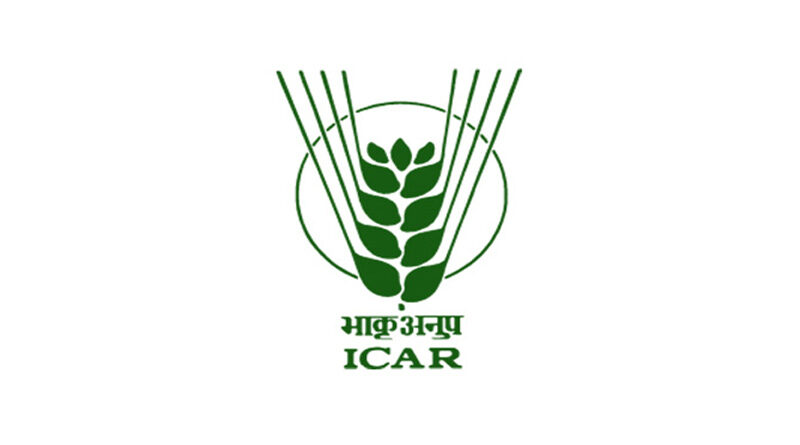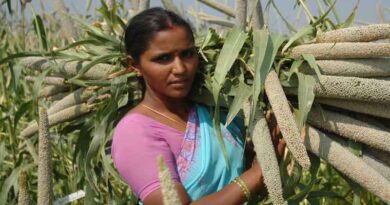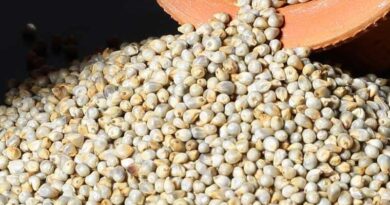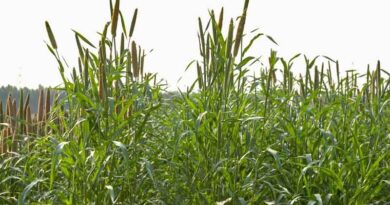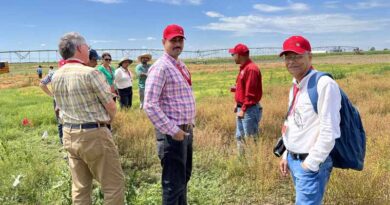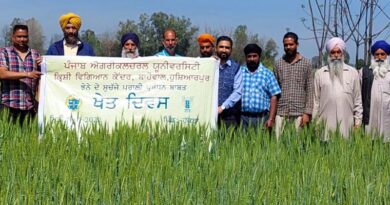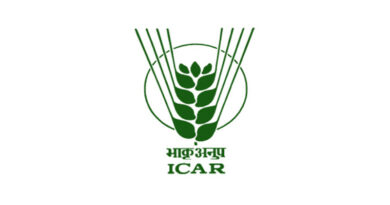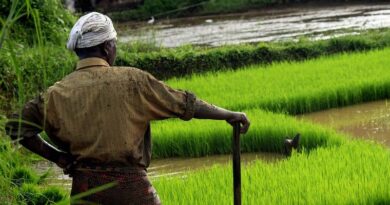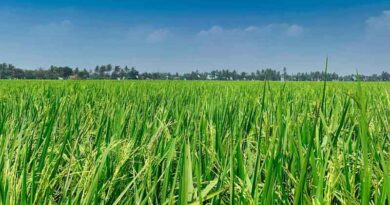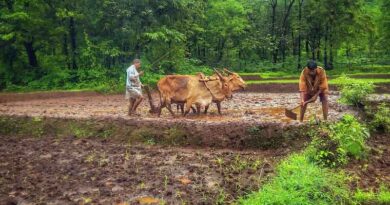Laser levelling along with ridge furrow in standing pearl millet for getting higher yield and income
05 September 2022, New Delhi: India is the largest producer of millets in the world, and pearl millet (Pennisetum glaucum L.) accounts for about two-thirds of millet production in the country. Dual-purpose crop pearl millet is grown in light to medium textured soils of dry regions of arid and semi-arid areas for food grain and green/dry fodder in India. Pearl millet has now been emphasized as nutri-cereal food for resource-poor villagers. Fortunately, the farmers in these areas practice livestock-based farming systems wherein they feed pearl millet straw to the livestock. It was grown with traditional practices in undulated land in rainfed areas. This resulted in low productivity, profitability, and rainwater erosion in the rainy season.
The pearl millet crop is mainly grown during the rainy season on marginal lands with low inputs, and efficient weed management is a significant challenge. There is a need to acquire an energy-efficient and eco-friendly methodology for weed management, including rainwater conservation. Herbicides are also effective for weed control in pearl millet. But the direct and residual effect of herbicide in soil has degraded the quality of grain, fodder, soil and environment. As this crop is also a significant fodder source for animals, farmers fear that using herbicides may deteriorate the fodder quality and animal health. Improving the biophysical and economic sustainability of pearl millet requires promoting conservation and efficient use of precious rainwater through conservation practices and cutting back the cultivation costs and energy-intensive operations. The present study was conducted in Farmer First Programme (FFP) project on rainwater conservation along with weed management through laser-assisted land levelling and ridge furrow technology of pearl millet on productivity, economics, water use, and impact of technology in the Chambal division of Madhya Pradesh.
The impact laser levelling along with tractor-operated ridge furrow at 40 cm spacing 25 days after sowing (DAS) for weed management (IP- improved practice) in standing crop compared with the traditional method of levelling and chemical method of weed management (use of 2, 4-D @1.0 kg/ha application at 20 days after sowing or 10 to 30 cm tall plant) of farmers practice (FP) under FFP project since 2017 in adopted villages at 20 farmers’ fields. The pearl millet (var.-hybrid) was sown in the first to the second week of July after the first monsoon rains. The seed rate was 4 to 5 kg/ha for pearl millet. The Vishwa Vidyalaya recommended agronomical packages of practices were followed. The crop was matured with rain water due to timely rains at critical stages of pearl millet. Parameters of yield attributing characters of crops were recorded at the maturity stage, and at maturity, grain and straw yields were recorded. Weed density and biomass in each plot were determined at the maturity stage.
The innovative dual-purpose technology for weed control and rainwater conservation in rainy season crop pearl millet with ridge furrow spacing at 40 cm in standing crop (IP) as compared with use of weedicide existing FP. The ridge furrow at 40 cm increased the grain yield by 18.0%, additional net returns from ₹13,095/ha, savings total water use- by 37 mm/ha, and enhanced water productivity- by 33.1% as compared to FP. The proportionate impact of innovative improved technology ridge furrow at 40 cm was adopted in all selected villages and now this technology is spread over all areas of pearl millet growing in the Chambal division. The overall results conclude that ridge furrow spacing of 40 cm at 25 days after sowing in standing pearl millet crop during the rainy season for getting higher yield, net returns and water productivity in the Chambal division of Madhya Pradesh. This innovative technology sustainably enhanced productivity for nutritional security and economic profitability, saving cultivation costs and rain water conservation.
Also Read: 2022 Norman Borlaug Award to Indian Scientist Dr. Mahalingam
(For Latest Agriculture News & Updates, follow Krishak Jagat on Google News)

